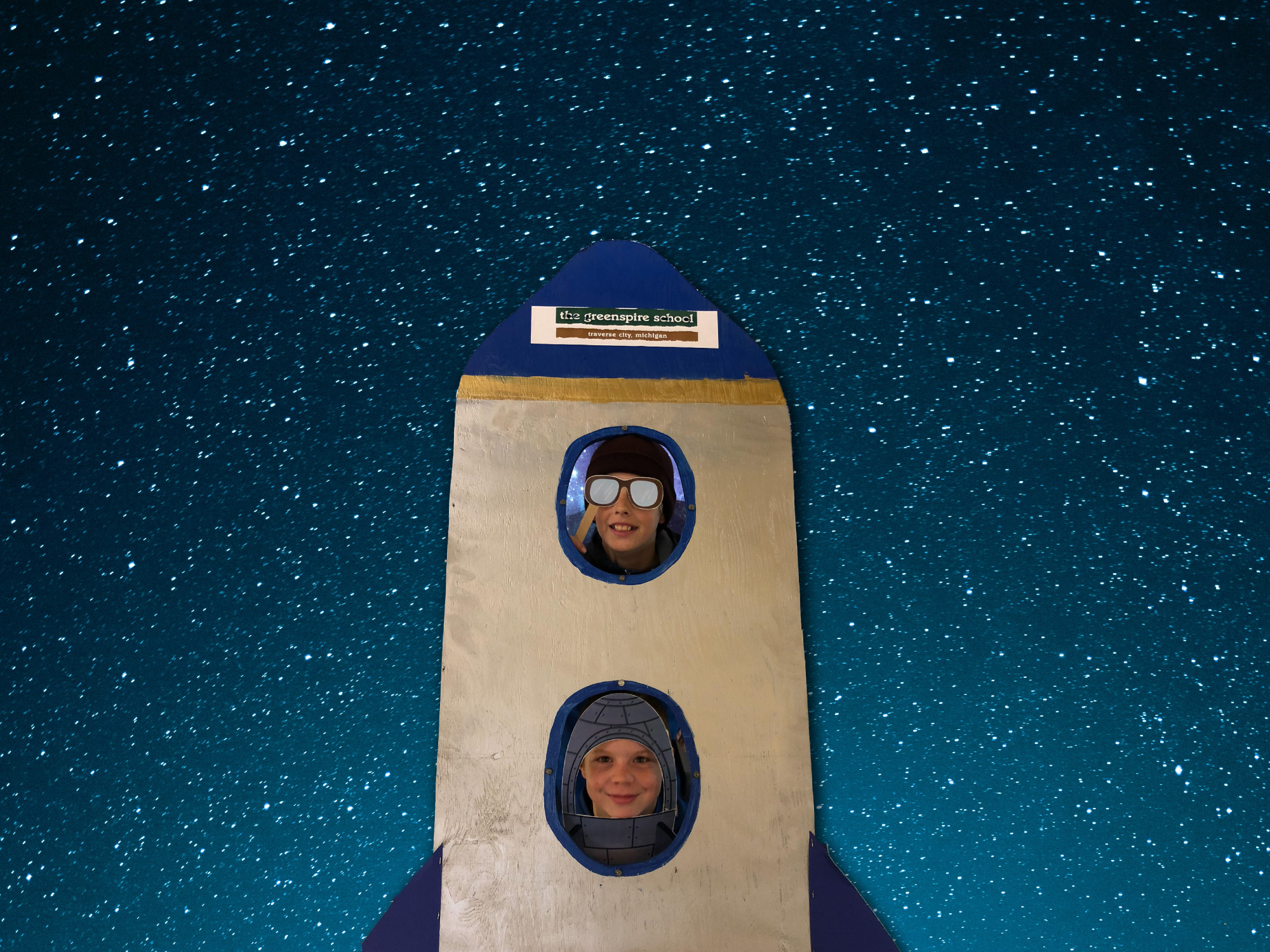Description
Students will use the study of the solar system to imagine humans living in the solar system.
The driving questions in each subject matter are:
- Which planetary body is our next option for inhabiting?
- How do I get what I need for my habitat on a new planet?
- Should we colonize Mars?
Final products were:
- Online Prezi to convince the “Space Task Force” which planetary body is sustainable for life and how we can live on that planetary body (science and social studies)
- Creation of prototypes and packing supplies of the first Mars habitats for early explorers (math)
- Debates regarding colonizing Mars (ELA)
Content Standards
Social Studies: Comparing economic systems (traditional, command and market), explaining how people have modified the environment and used technology to make places more suitable for humans. Locating and describing the landforms, ecosystem and the climate of the region under study.
Science: Develop and use a model of the Earth-sun-moon system to describe the cyclic patterns of lunar
phases, eclipses of the sun and moon, and seasons. Develop and use a model to describe the role of gravity in the motions within galaxies and the solar system. Analyze and interpret data to determine the scale properties of the solar system.
ELA/LIT: Write arguments to support claims with clear reasons and relevant evidence. Use reading strategies to pull important information from tough texts and use direct quotes to answer questions. Studying the Lincoln/Douglas debates for an opportunity to argue which planetary body would be most habitable.
Math: Use ratio and rate reasoning to solve real-world and mathematical problems. Calculate volume and surface areas of cubes for transportation of Mars habitats.
Student Reflection
I was not that interested in this project and was very upset that we were going to be learning about space. I thought the teachers were wasting time on something I wasn’t going to care about. I was negative and had a poor attitude about the project. So I took the negativity and made an argument that said we should not colonize Mars. As weeks went on with this project, I began to like it more and more. I learned that in upcoming years we might actually colonize Mars and we are the age group that would be able to do this. But, we had to think about what things to bring and how to bring it. For example, gases, water, food and other things we would need to survive with.
By the time I was really excited about the project, we were almost done with it. It was interesting because you got to play with 3D objects and see how cubes, cylinders and spheres of different sizes will fit through the hatch of a rocket called a Dragon. I wanted to work on it much longer and I wanted to know if it was really possible to colonize Mars and if so, how? When might we colonize Mars? How many more planetary bodies are there that we could possibly colonize and do they all have frozen water? This project left me with many questions.
-NaTavia, 7th grade student
